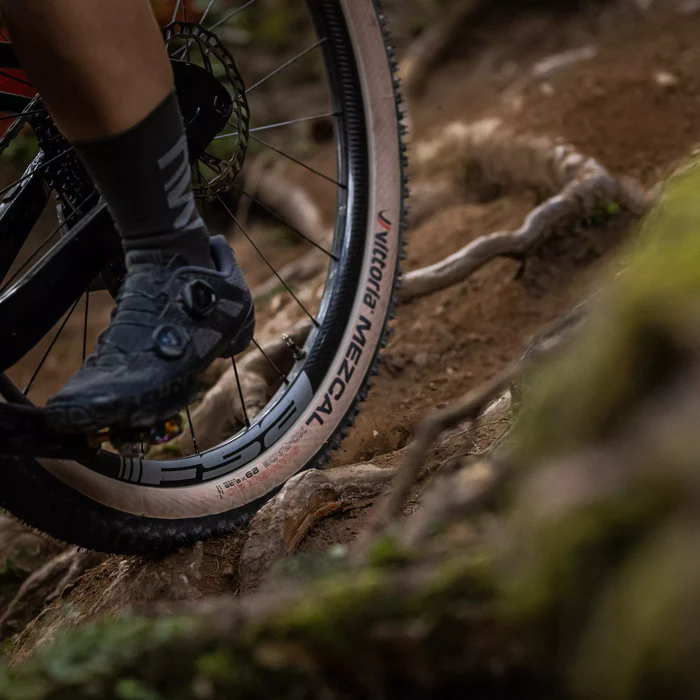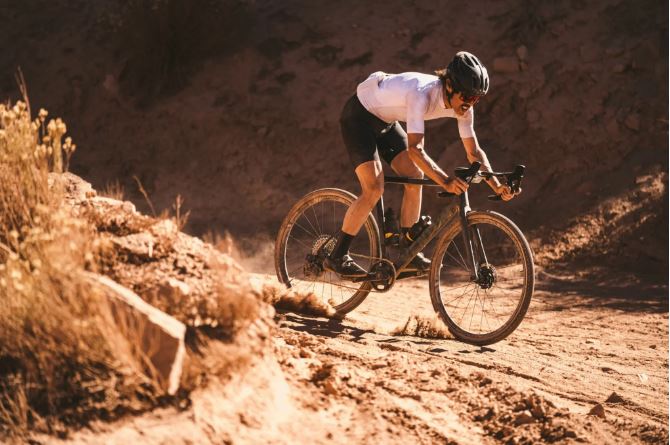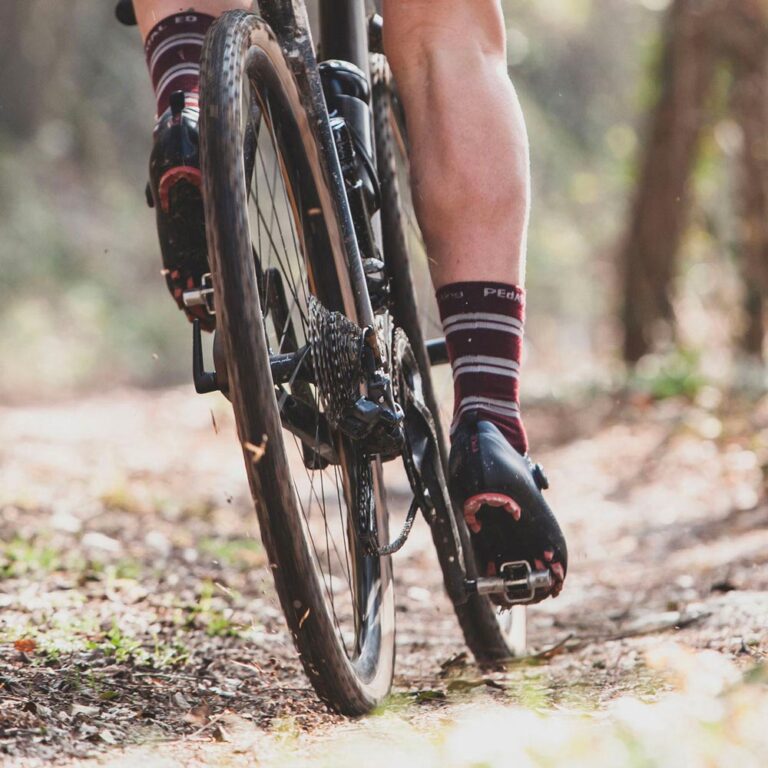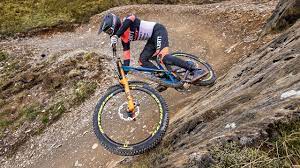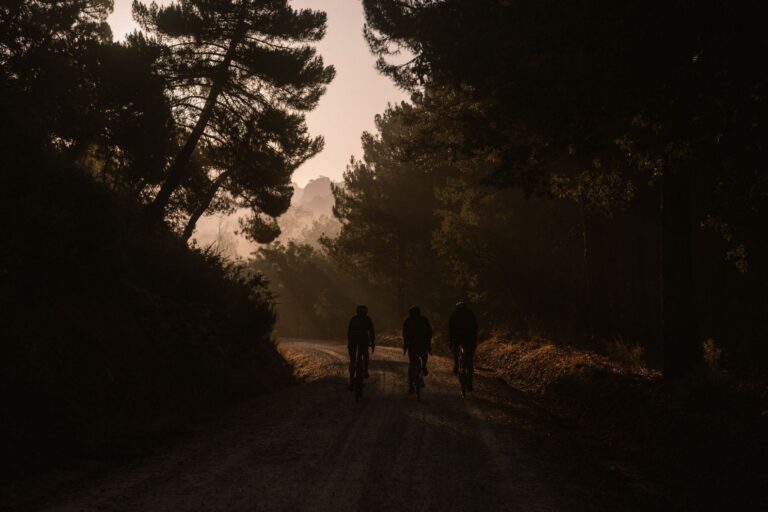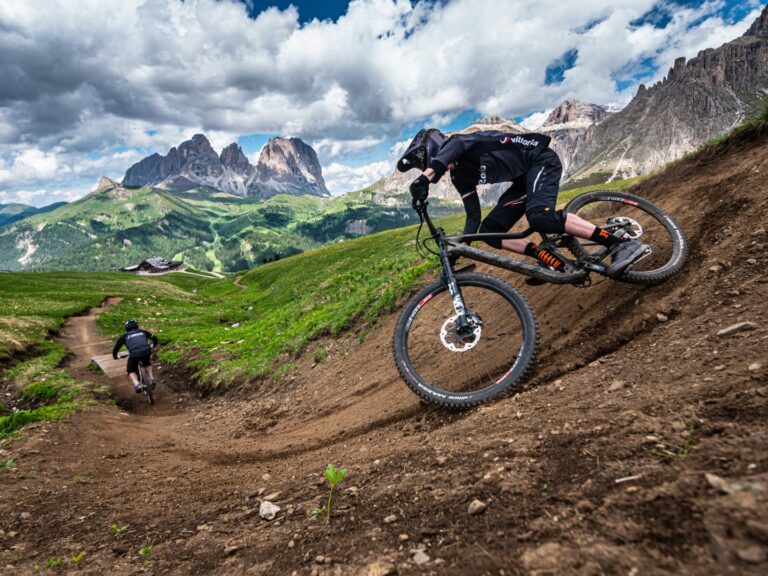Mastering the Trail: Weight Impact on Enduro Bike Tires
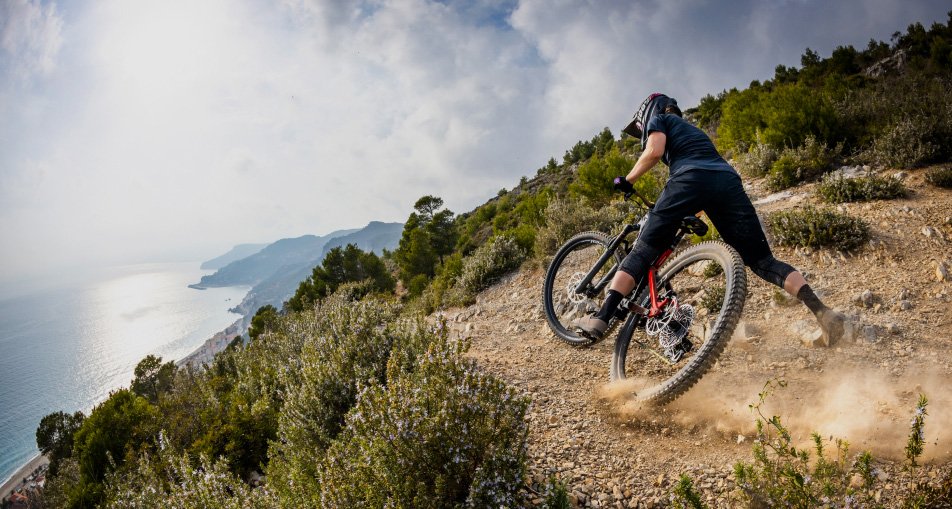
Key Point Summary of Weight Impact on Enduro Bike Tires:
- Weight’s Role in Performance: Tire weight can significantly affect an enduro bike’s performance, influencing acceleration, climbing ability, and agility.
- Agility and Handling: Lighter tires might enhance handling and responsiveness, allowing for nimble maneuvers through technical sections.
- Durability vs. Speed: Heavier tires typically offer greater durability and puncture resistance, essential for the rugged terrains encountered in enduro biking.
- Finding the Right Balance: Choosing the optimal tire weight involves balancing the need for speed and handling with the necessity for durability and protection.
- Personal Preference and Conditions: The ideal tire weight often comes down to personal preference and the specific conditions of the trails being ridden.
In the realm of enduro biking, where the trails throw a mix of steep descents, technical challenges, and occasional climbs at you, every component of your bike needs to be up to the task. But it’s not just about having the toughest gear; it’s about finding the right balance that complements your riding style and the terrain. Tire weight, in particular, has been a significant focus for me, shaping many of my choices and strategies in both racing and casual riding.
Through trial and error, and many miles, I’ve observed firsthand how the choice of tire can drastically affect performance, agility, and overall enjoyment on the trail. This article aims to share insights specifically tailored for cyclists at the beginner to mid-level experience, highlighting how tire weight plays into the dynamic world of enduro biking.
Performance and Weight
In the early days of my enduro adventures, I, like many others, underestimated the impact that tire weight could have on performance. It wasn’t until I started experimenting with different tires that I noticed how a heavier set could make the bike feel sluggish, particularly when trying to accelerate out of corners or push up short, sharp climbs. The extra weight of the tires added to the rotational mass, requiring more effort to get and keep the bike moving. This realization was a game-changer for me, highlighting the importance of considering tire weight in my setup.
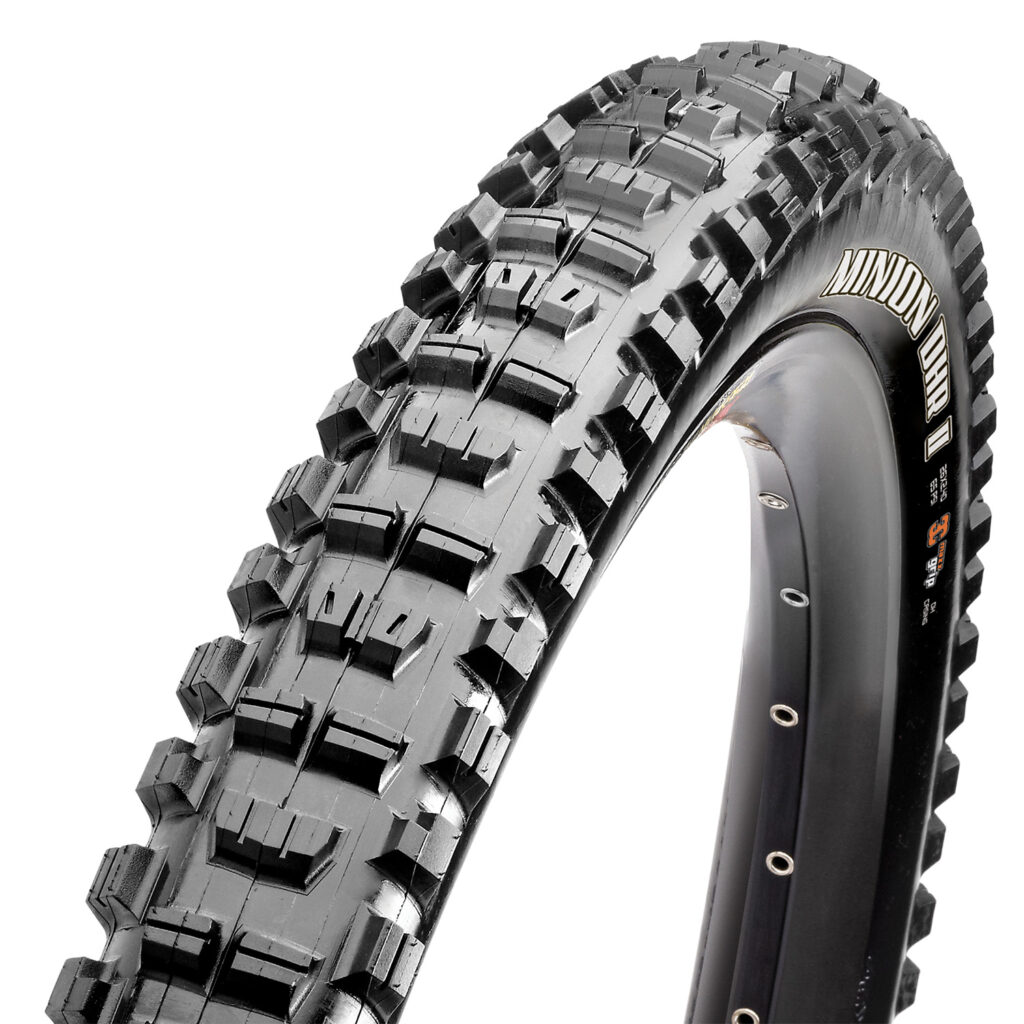
Agility and Handling
Switching to lighter tires was an eye-opener. The improvement in the bike’s agility and handling was immediate. Navigating through rock gardens, switching directions quickly on tight trails, and making last-minute adjustments to line choices became noticeably easier. The bike felt more like an extension of my body, responding more precisely to my inputs. This agility was particularly beneficial in enduro racing, where the ability to adapt quickly to the trail’s demands can make or break your run.
Durability vs. Speed
However, the transition to lighter tires wasn’t without its lessons. Enduro biking often involves tackling rough, unforgiving terrain where the risk of punctures and tire damage is high. Initially, in pursuit of agility and speed, I chose tires that were too light for the conditions, leading to several frustrating races marred by flats. It was a stark reminder that while lighter tires can offer speed and agility benefits, they shouldn’t compromise the tire’s structural integrity and ability to withstand the rigors of enduro riding. Finding tires that struck a balance between weight and durability became my new focus.
The Balancing Act
Achieving the perfect balance between tire weight, durability, and performance is a nuanced process. It often involves a bit of trial and error, taking into account not just the tire’s specifications but also how they interact with the trail conditions and your riding style. For instance, on days dedicated to downhill runs, where speed and handling are paramount, I might opt for slightly lighter tires, accepting the increased risk of punctures. Conversely, for all-day adventures over mixed terrain, a slightly heavier, more durable tire becomes invaluable, providing peace of mind and consistent performance.
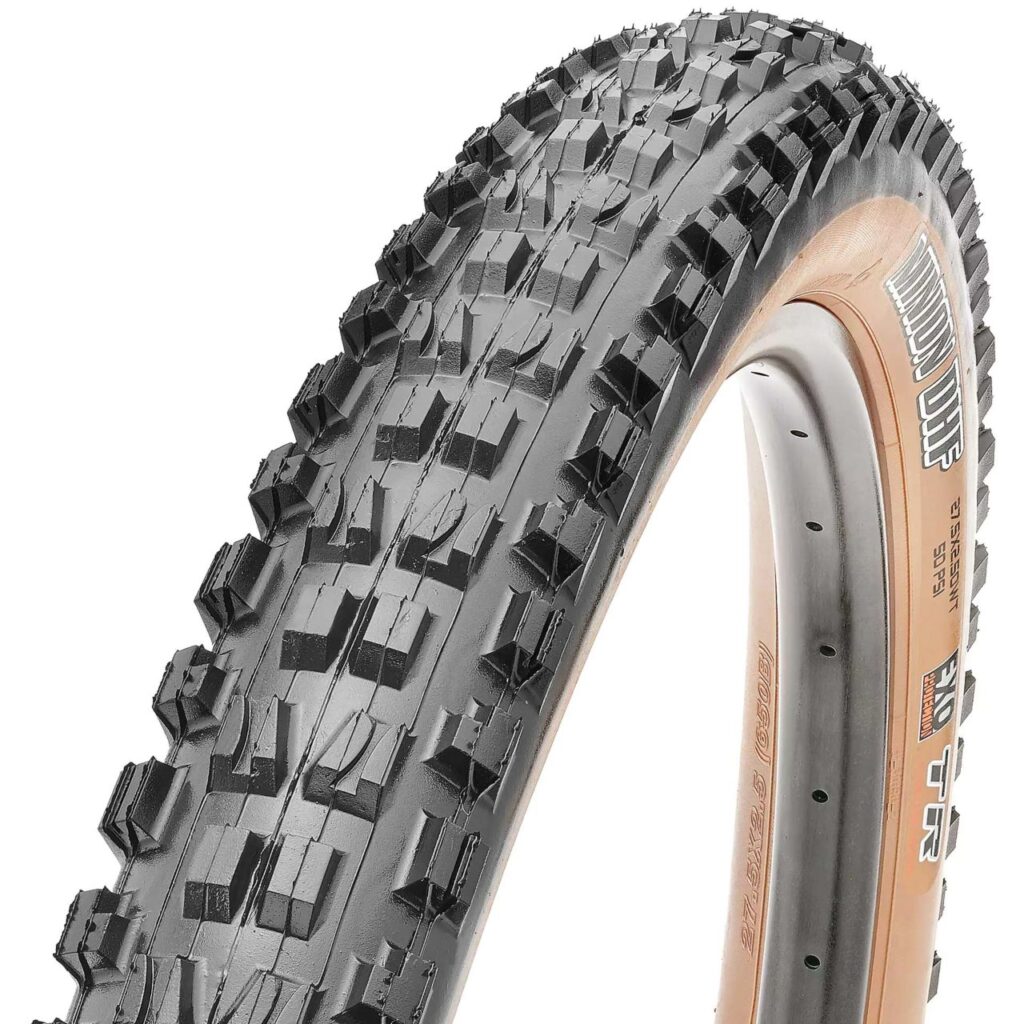
Personal Preference and Trail Conditions
Ultimately, the right tire weight is highly personal and dependent on the specific demands of the trails you’re tackling. Over the years, I’ve learned to adjust my tire choice based on the conditions I expect to face, as well as how my own preferences and riding style have evolved. What works for me on the dry, rocky trails of the Southwest might not be the best choice for the muddy, root-laden paths found in the Pacific Northwest. This adaptability has been key to enjoying and succeeding in enduro biking, allowing me to tackle a wide range of trails with confidence.
In sharing these experiences, my hope is to illuminate the critical role that tire weight plays in enduro biking, encouraging fellow cyclists to explore and find their optimal setup. It’s a journey that can significantly enhance your riding experience, offering a blend of speed, agility, and reliability that matches your unique approach to the trails. Whether you’re gearing up for your first enduro race or looking to refine your ride, consider the impact of tire weight on your performance and enjoyment. With the right balance, you’ll find yourself tackling trails with newfound confidence and capability.
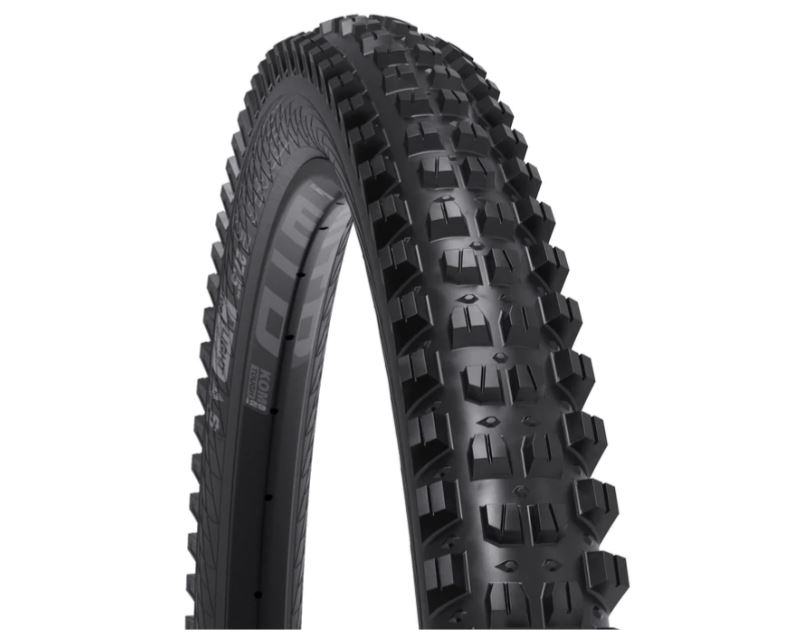
Choosing the best enduro bike tires depends on various factors, including riding style, terrain, and personal preference. However, some tires have gained a reputation for their performance, durability, and versatility in enduro riding. Here are a few top picks known for excelling in enduro conditions:
- Maxxis Minion DHF: A favorite among enduro riders for its excellent grip and control in a wide range of conditions. The aggressive tread pattern ensures traction in loose and muddy conditions, making it a solid choice for the front wheel.
- Maxxis Minion DHR II: Often paired with the DHF for the rear, the DHR II provides excellent braking control and traction on steep descents and hard corners, thanks to its wide knobs and durable construction.
- Schwalbe Magic Mary: Known for its versatility, the Magic Mary performs well in wet and dry conditions alike. Its open tread design sheds mud quickly while providing a strong grip, making it a reliable choice for unpredictable weather and varied terrain.
- Michelin Wild Enduro: Offering a great balance of grip, durability, and performance, the Michelin Wild Enduro tire is designed to excel on soft, loose terrain while still rolling efficiently on harder surfaces.
- Continental Der Baron Projekt: This tire is praised for its puncture resistance and excellent performance in wet conditions. The Der Baron Projekt offers a good balance of grip and durability, making it suitable for a wide range of enduro trails.
- WTB Vigilante: Ideal for aggressive enduro riding, the Vigilante offers a deep tread for maximum traction in loose conditions, along with sturdy sidewalls to resist cuts and abrasions.
When selecting enduro bike tires, consider the specific conditions you’ll be riding in most often. Look for tires that offer a good balance of grip, durability, and rolling resistance to suit your local trails and riding style. It’s also common for riders to choose a slightly more aggressive tire for the front to maximize grip and control, with a faster-rolling tire on the rear to improve pedaling efficiency.

FAQ
How much difference does 1kg make on a road bike?
Adding or removing 1kg on a road bike can significantly affect climbing efficiency and acceleration. The lighter the bike, the less energy required to move it, particularly noticeable on steep ascents.
How much does bike tire weight affect speed?
Tire weight directly impacts speed, especially in acceleration and climbing. Lighter tires can make the bike feel more responsive and easier to handle, contributing to faster overall speeds.
Does weight matter for a trail bike?
For trail biking, weight does matter but is often balanced with durability and control. A lighter bike can improve handling and efficiency, but durability should not be compromised, as trail bikes face rugged conditions.
Does MTB tyre weight matter?
Yes, MTB tire weight matters as it affects the bike’s handling, acceleration, and ability to climb. However, the ideal weight depends on the riding style, terrain, and the rider’s preference for balance between speed and tire durability.
Happy Riding!
John

